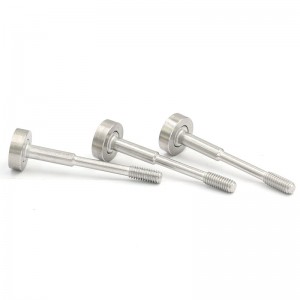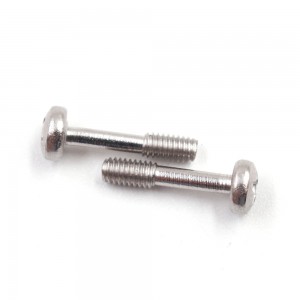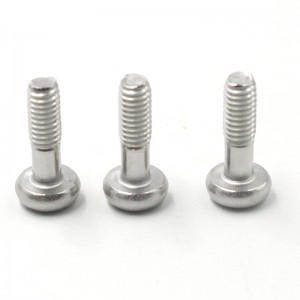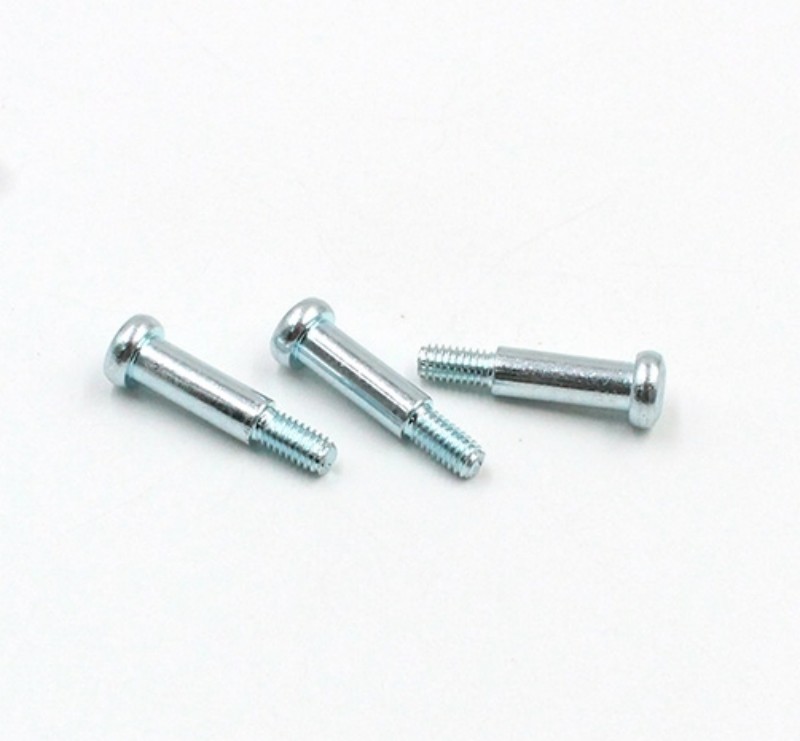Component selection is critical in precision machinery, electronics, and industrial manufacturing. Screws are basic fasteners and their type affects product reliability, maintainability, and productivity. Today, we discuss captive screwand half screws to help you make project decisions.
specially designed for convenient maintenance and anti-loss, also known as anti-drop or hand-tightening screw, it will not be separated from the mounting hole even if it is completely loosened, because its root has snap ring, expansion ring or special thread structure.
Core advantages and application scenarios:
- anti-loss design, avoiding screw loss during frequent disassembly and maintenance (such as equipment panel), improving maintenance efficiency;
- Easy operation, many can be screwed by hand without tools, suitable for fast maintenance.




HALF THREAD SCREWS:
a common and economical screw type that seeks robust connections and cost effectiveness with threaded shank and smooth shank for the rest.
Core advantages and application scenarios:
- precise positioning and fastening, smooth rod body can accurately pass through the connector, and rotate into contact with threaded base for better positioning and centering;
- Enhance the shear resistance. The diameter of the unthreaded bare rod is the same as the nominal diameter of the thread, which can bear the shear stress and is used for structural connection such as hinge;
- Cost reduction, less processing than full thread screw, material saving for some applications.
How to choose?
Depends on core requirements.Captive screw are a precision solution for frequent disassembly, loss of parts, or bare hands, with a high unit price but low total cost of ownership. Half-thread screws are more economical and practical when used in permanent or semi-permanent structural connections for stability, centricity and cost effectiveness.
In electronic equipment manufacturing and industrial assembly, there are no \"best\" screws, only \"most suitable\" screws.
Understanding the difference between the two screws is the key to optimizing product design and production processes. As a supplier, we are committed to providing our customers with a full range of fastening solutions to help you find the right parts for your project.
Post time: Oct-16-2025








